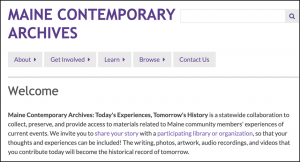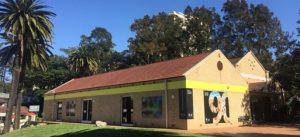by Kai Uchida
Project Website: https://web.stanford.edu/group/chineserailroad/cgi-bin/website/
Digital Materials Repository: https://exhibits.stanford.edu/crrw/browse
Organized in 2012 by Gordon H. Chang and Shelly Fisher Fishkin, The Chinese Railroad Workers in North America Project is a project organized by scholars at Stanford University and …


